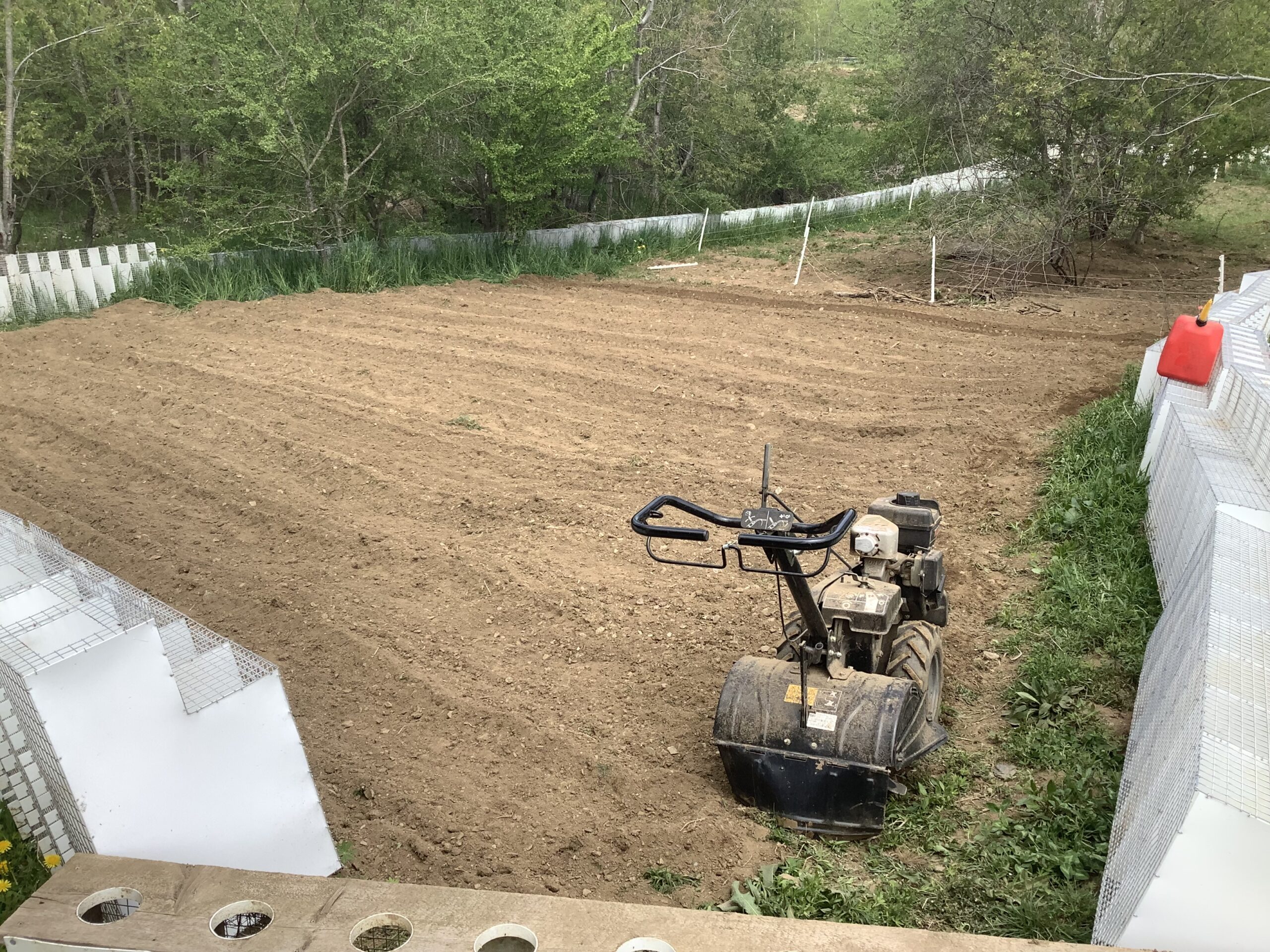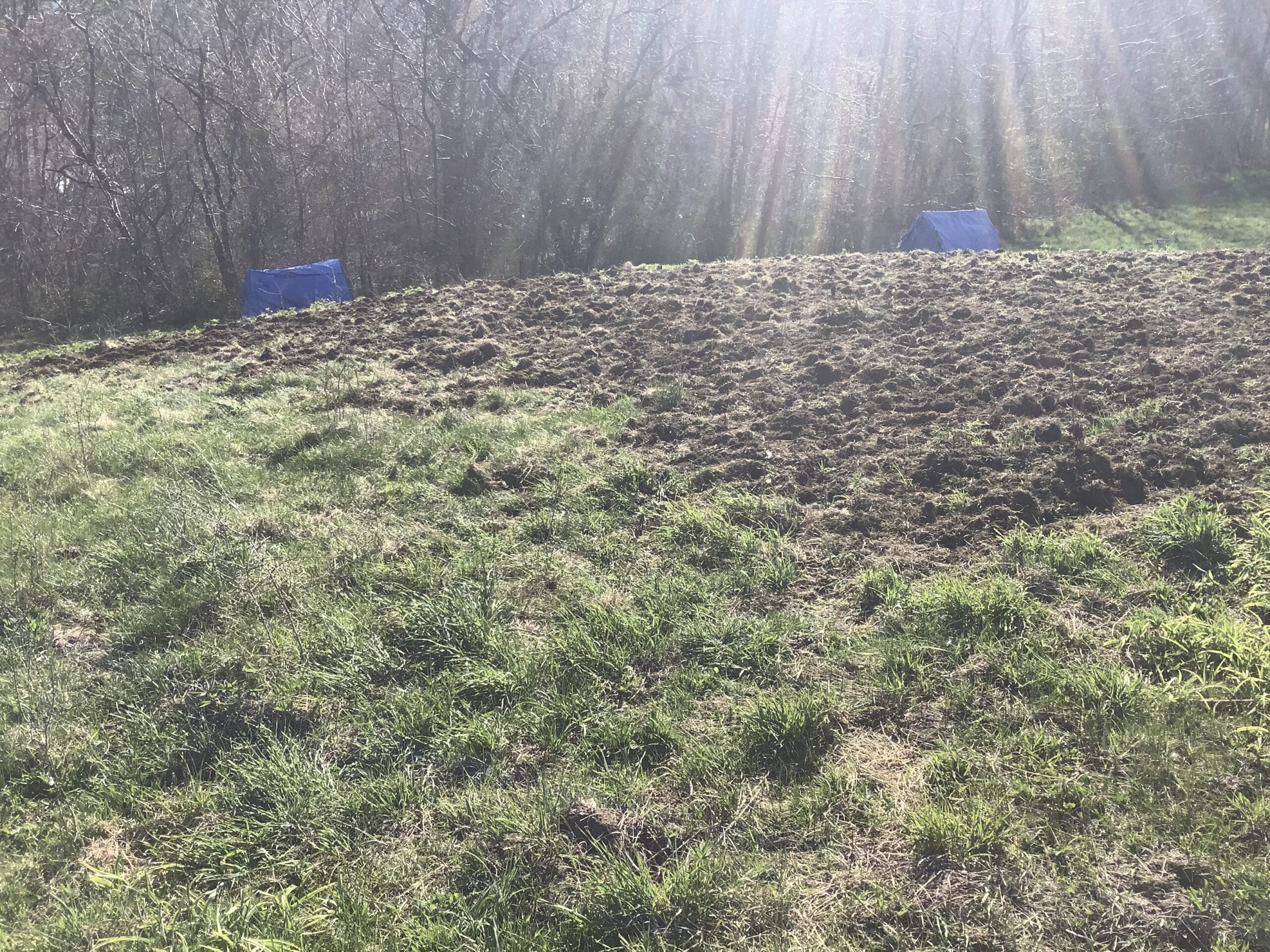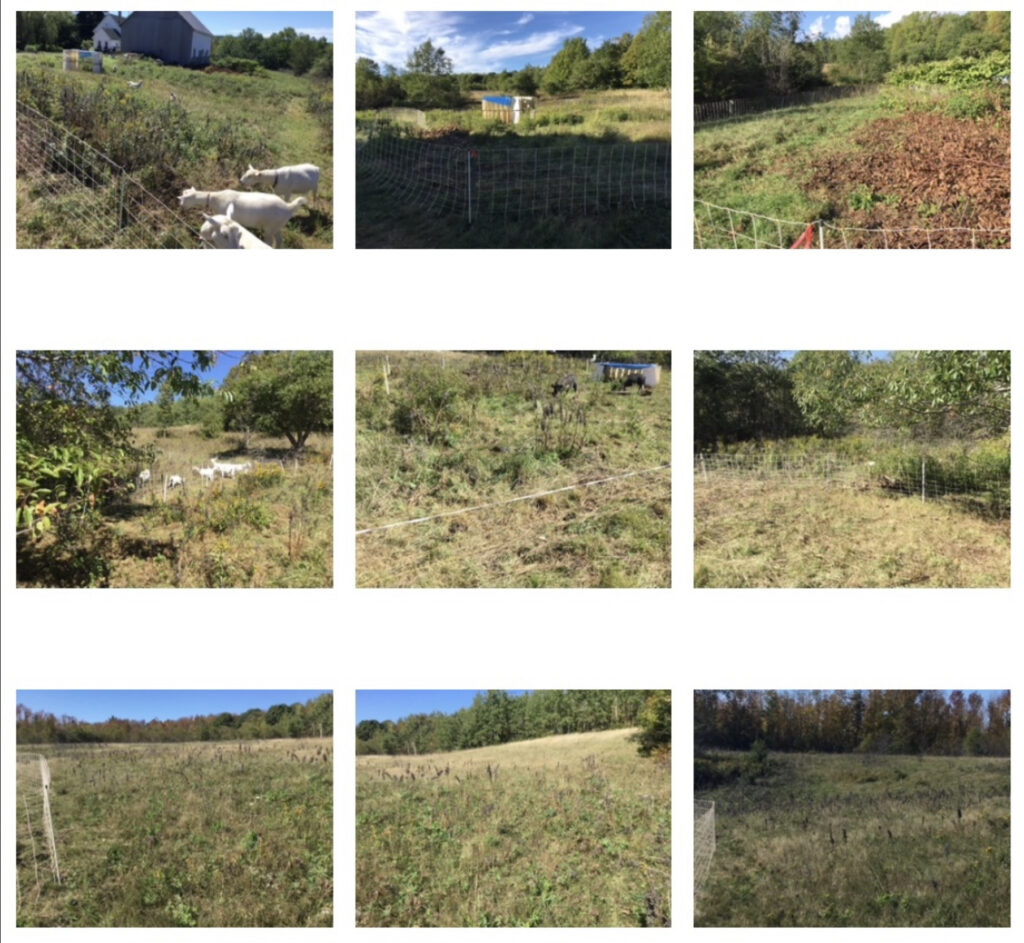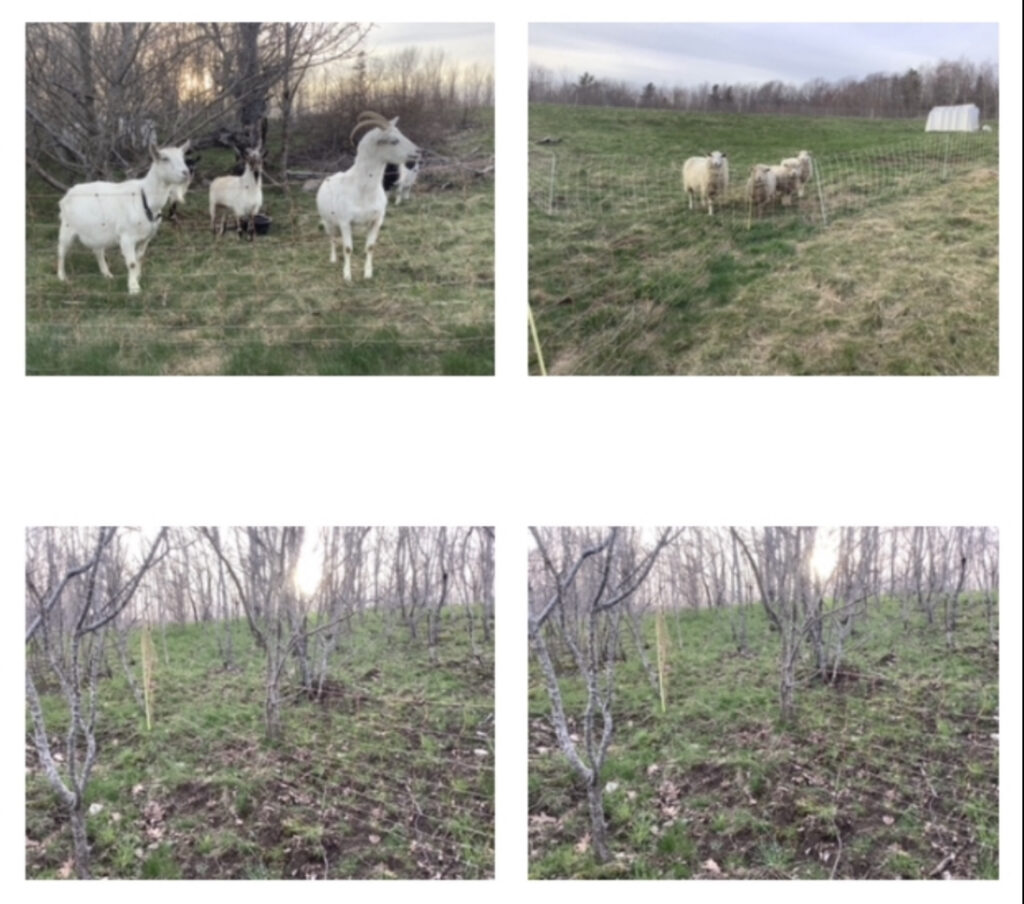Poor Man’s Fertilizer: The Power of Snow
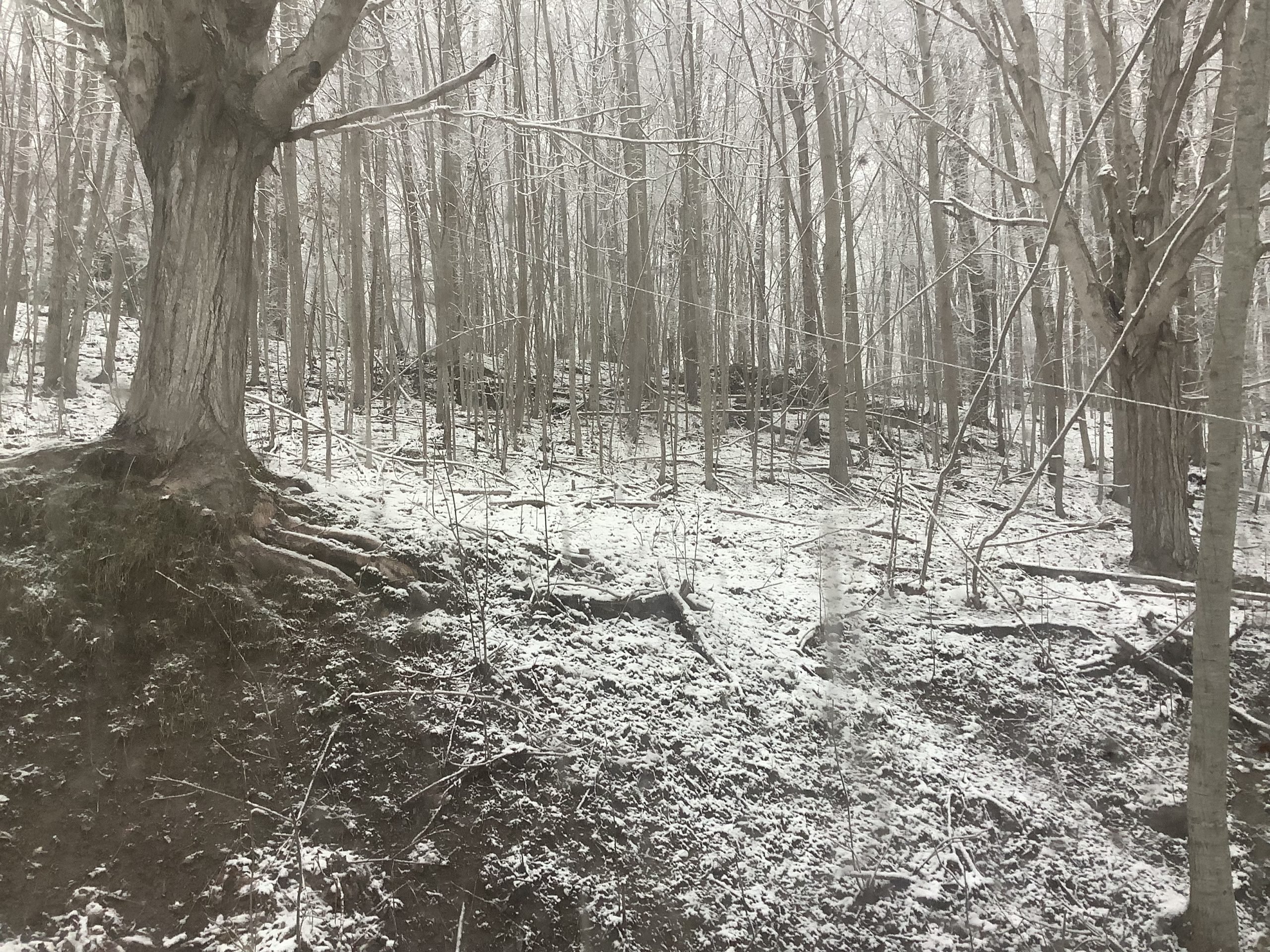
The term “Poor Man’s Fertilizer” actually refers to snowfall, especially an early spring snow.
The old farming phrase “Poor Man’s Fertilizer” refers not to rain, but to snowfall, particularly that light blanket of snow that falls in late winter or early spring. While it might look like just a pretty dusting, it’s actually delivering a quiet gift to the soil.
Here’s why snow got this nickname:
• Nitrogen Boost: As snow falls, it captures nitrogen from the atmosphere. When that snow melts, the nitrogen is released into the soil — giving plants a free, natural nutrient boost.
• Slow Release Moisture: Unlike rain, snow melts gradually, seeping moisture into the ground more evenly. This helps prevent runoff and erosion.
• Soil Insulation: Snow acts as a thermal blanket, protecting dormant plants and microbial life from harsh temperature swings and deep freezes.
• Cost-Free Fertilizer: For farmers who couldn’t afford store-bought fertilizers, a good snowfall was a welcome and valuable natural aid — hence the name.
So next time you see snow falling in March or April, don’t just grumble — it might just be doing your soil a favor.
Recommending Reading…

